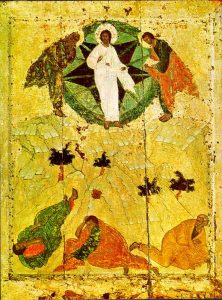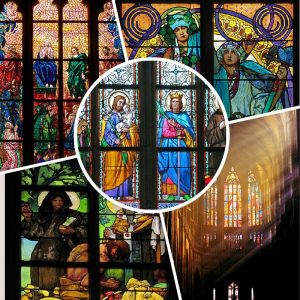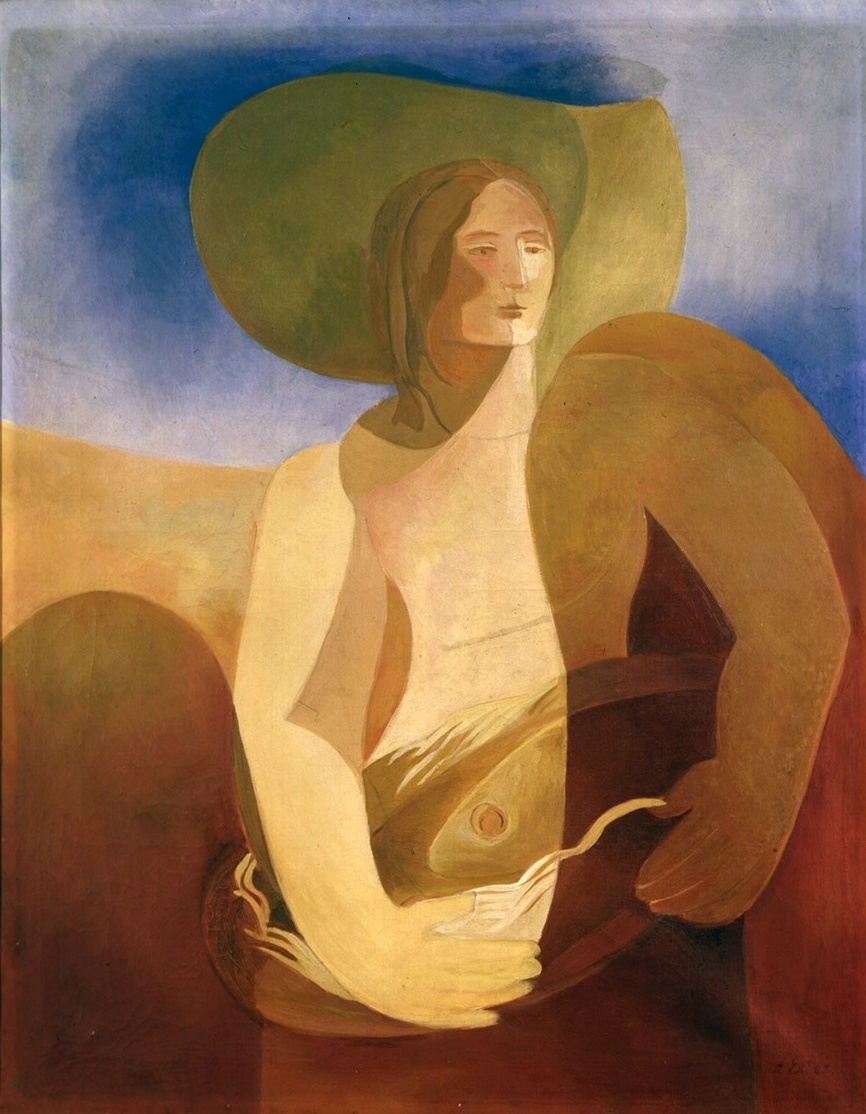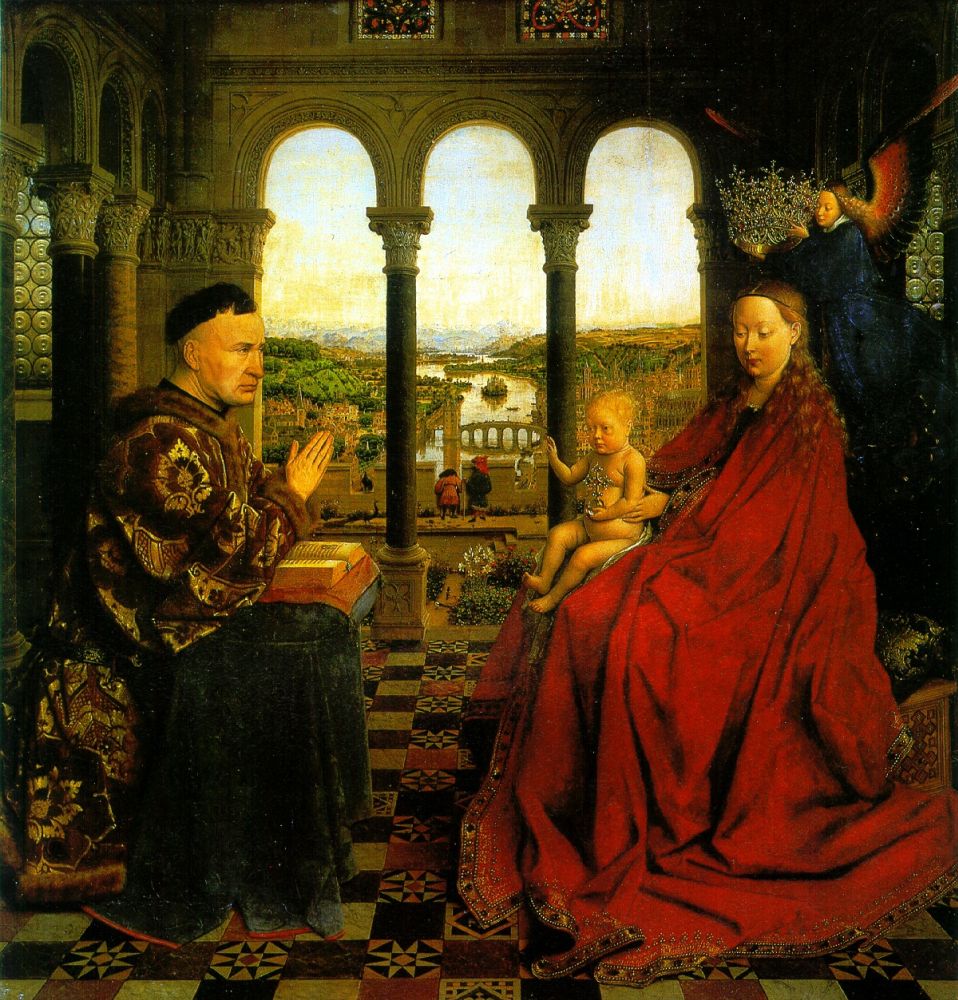beautiful stained
Iconography: to see the invisible
 From ancient times, icon painting served as a “language for the illiterate” —a special language with its own rules and symbolism. For centuries, master-icon painters have brought it to perfection, trying to convey the spiritual otherness by material means. That is why icon painting is still considered to be the most difficult and rarest art in which human capabilities and divine beginnings are combined.
From ancient times, icon painting served as a “language for the illiterate” —a special language with its own rules and symbolism. For centuries, master-icon painters have brought it to perfection, trying to convey the spiritual otherness by material means. That is why icon painting is still considered to be the most difficult and rarest art in which human capabilities and divine beginnings are combined.
The copy (from the icon and write), also iconography, isography – a type of Christian church painting, designed to create sacred images – icons.
Such works replaced the written word with paints, just as the Gothic cathedral translated into visual language the scholastics and the secrets of alchemy.
What is an icon? Continue reading
Who, where, when: guide to the thin ice of stained glass
 Which of the great artists engaged in stained glass art? Where, looking out the window, you can see the picture, through which the light penetrates? Gaudi, Fly, Chagall, Tiffany and not only – the messengers of the rainbow on Earth.
Which of the great artists engaged in stained glass art? Where, looking out the window, you can see the picture, through which the light penetrates? Gaudi, Fly, Chagall, Tiffany and not only – the messengers of the rainbow on Earth.
There are many stained glass techniques, but the main ones that have passed through the centuries are two. The first is the fastening of colored glasses with lead straps. It was used in Germany and France in the era of the Gothic (XII-XVI century.) The second – the application of special paint directly on the glass. It was actively used in the Renaissance (from the 16th century). Modern stained glass artists often use the second option, but everything depends on the taste and style of the author – the technique, as we said, is numerous. Continue reading



